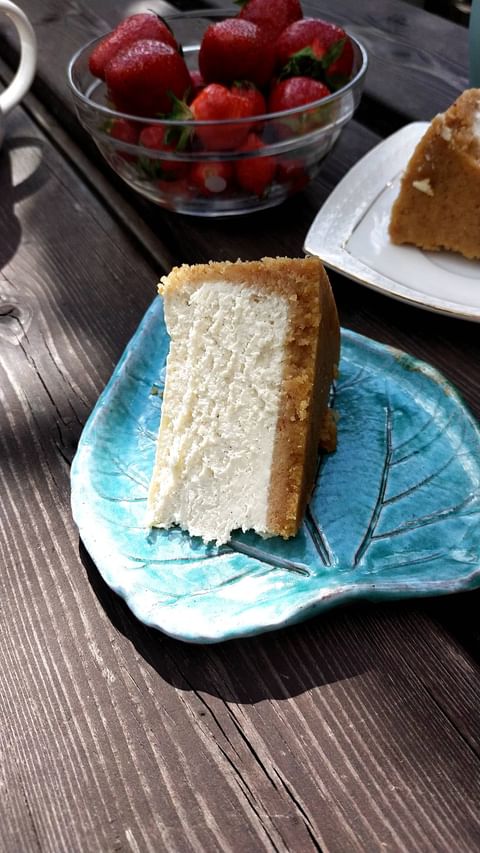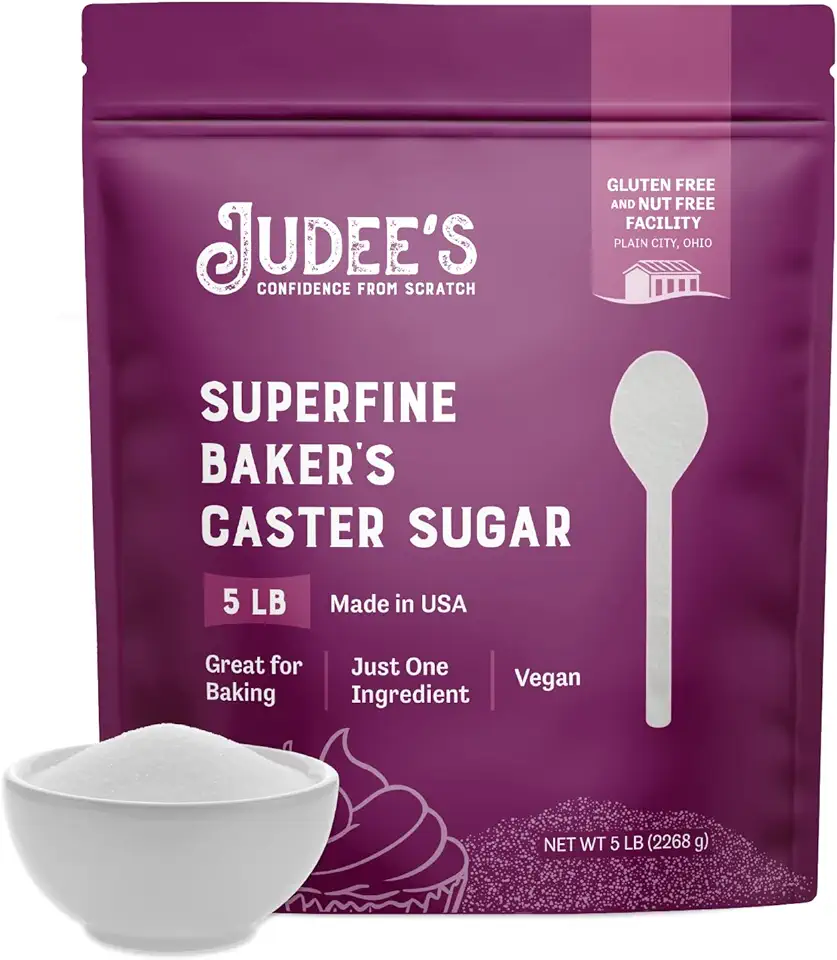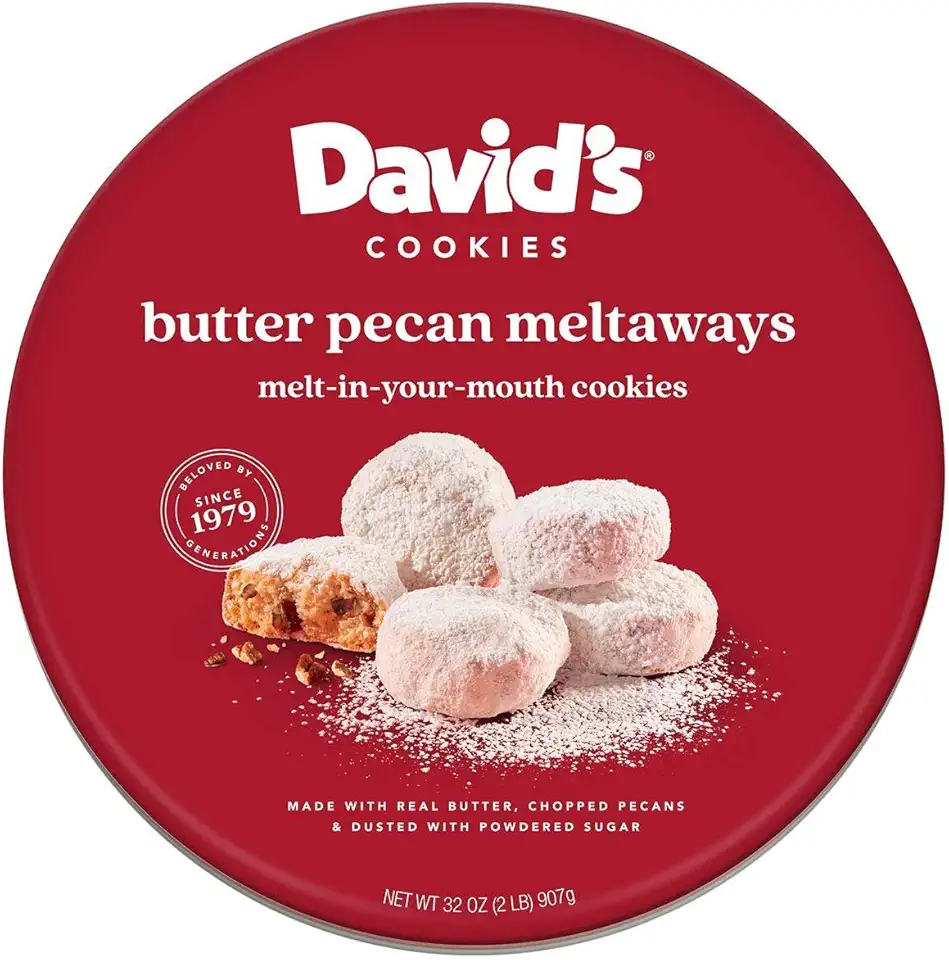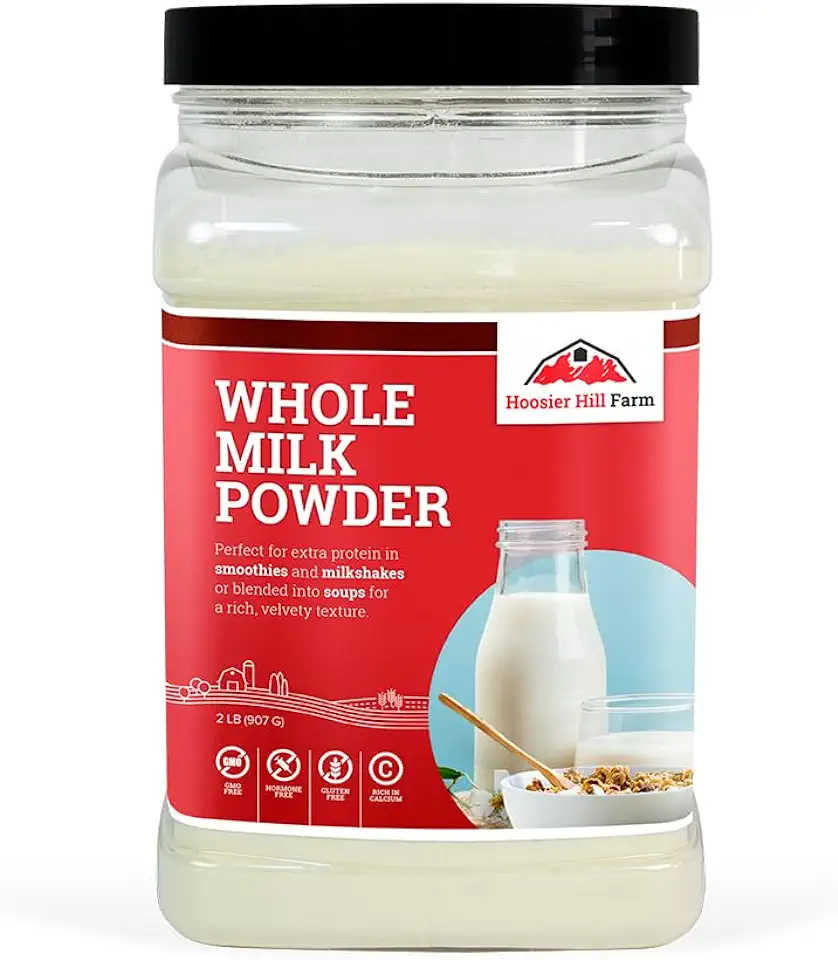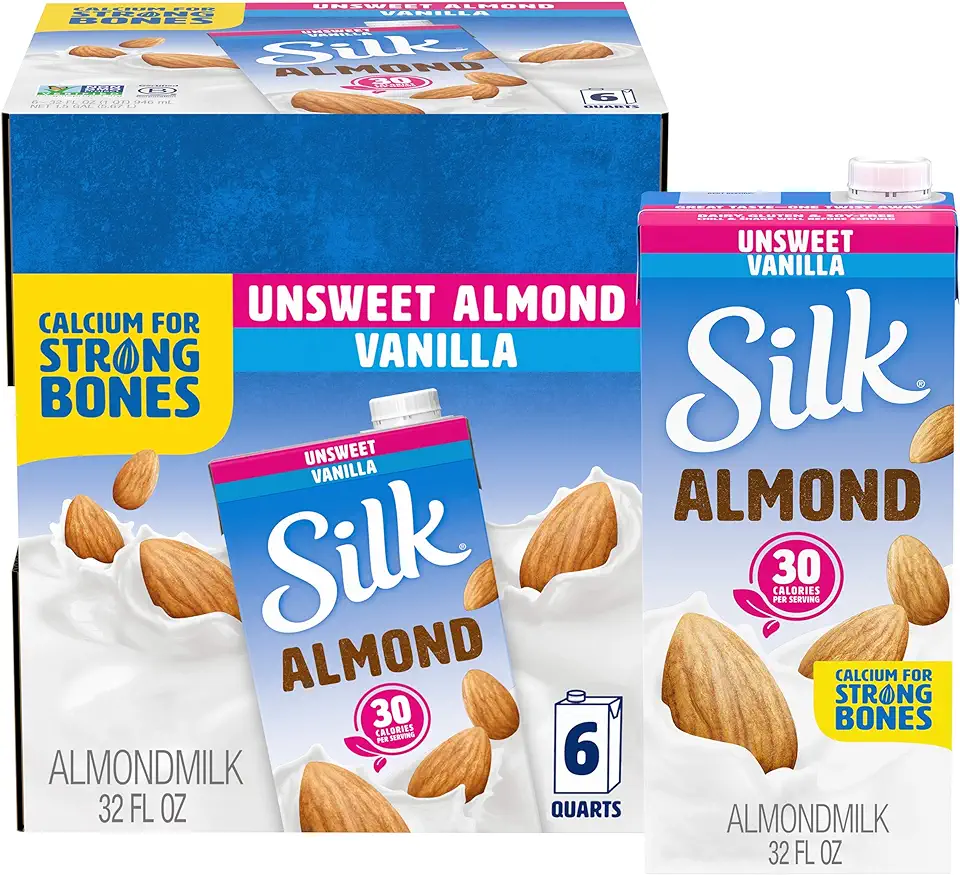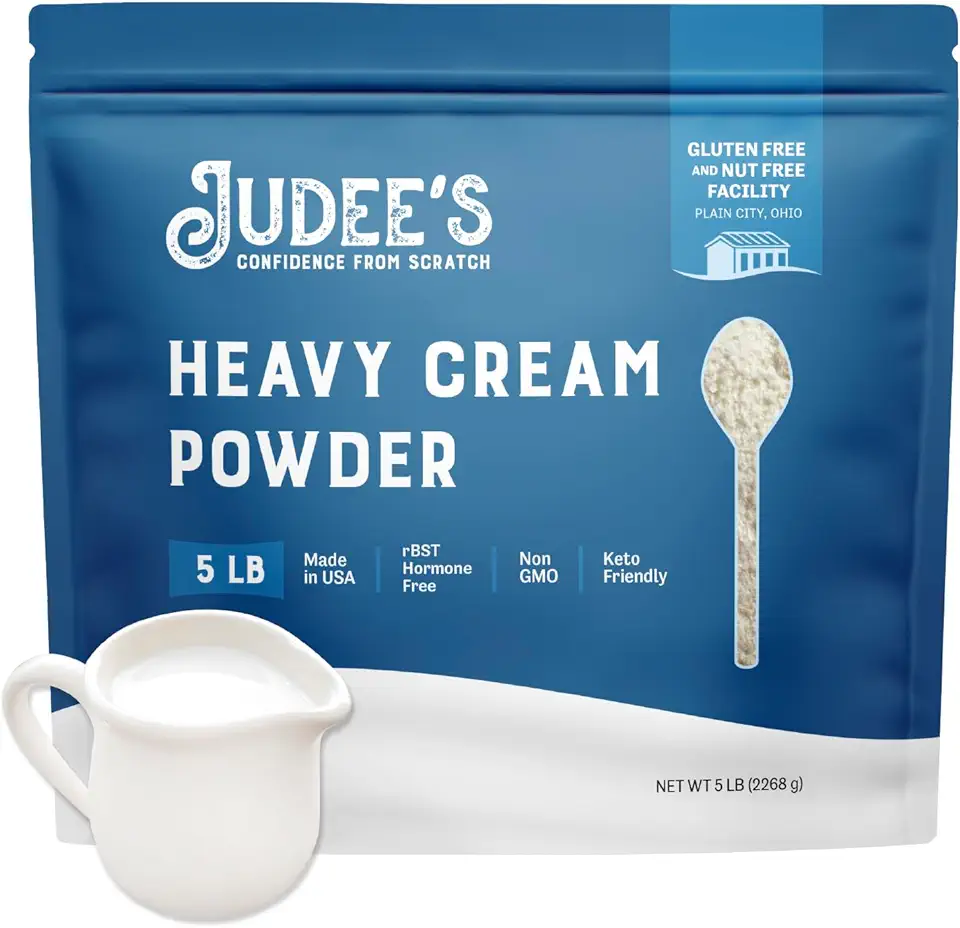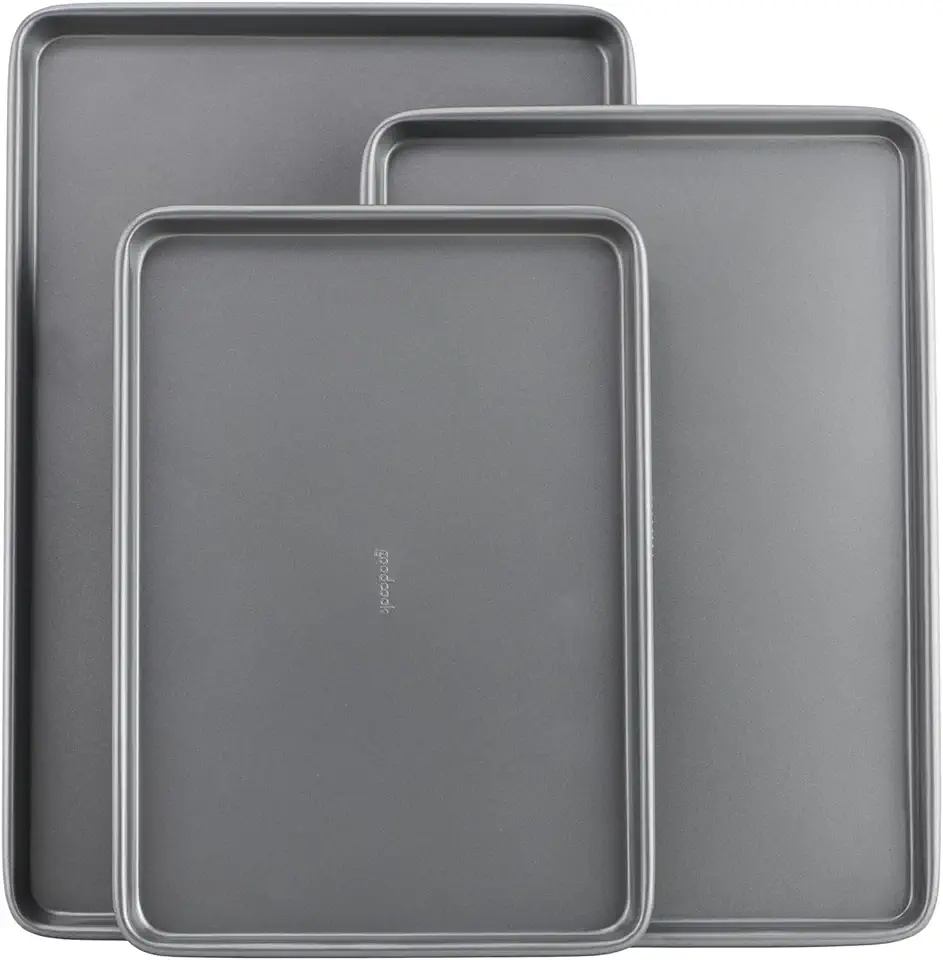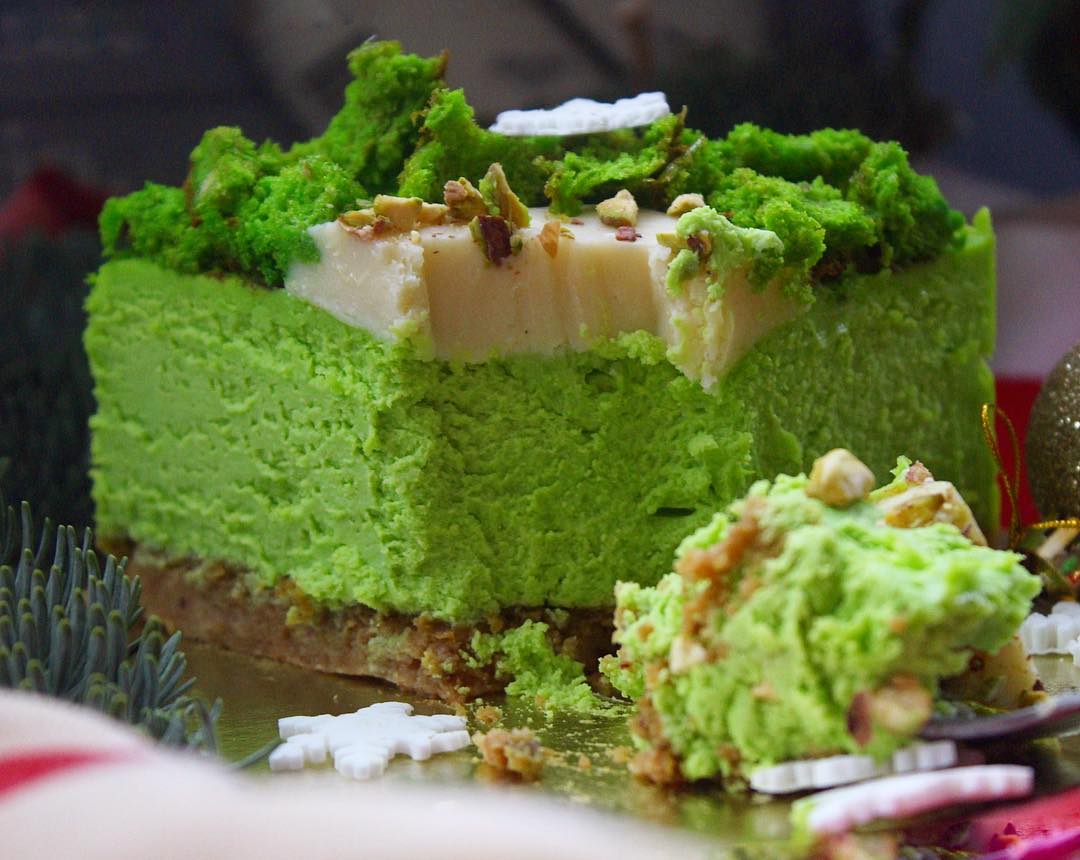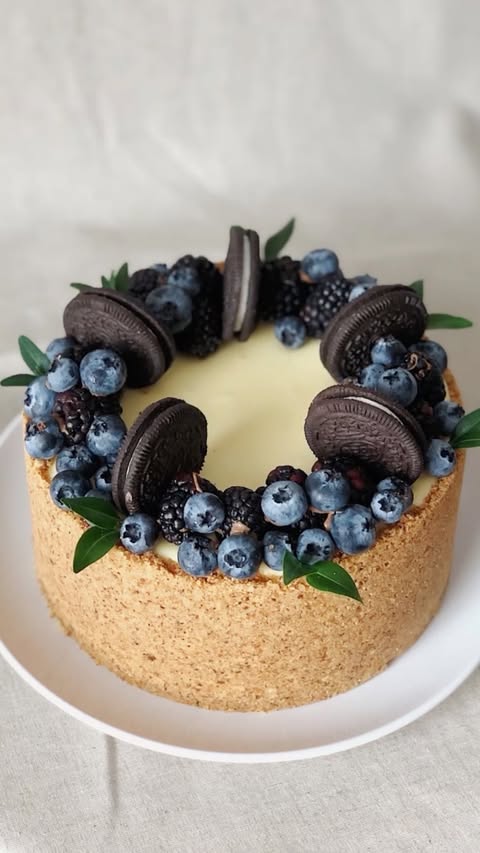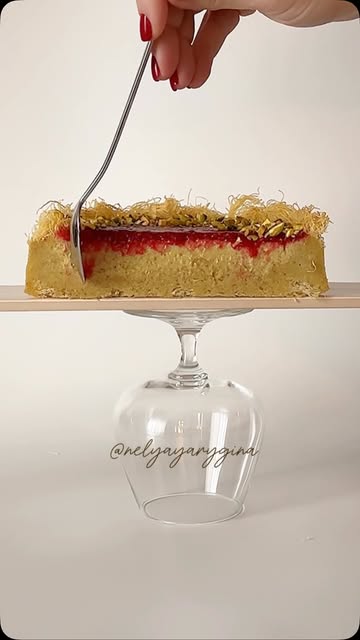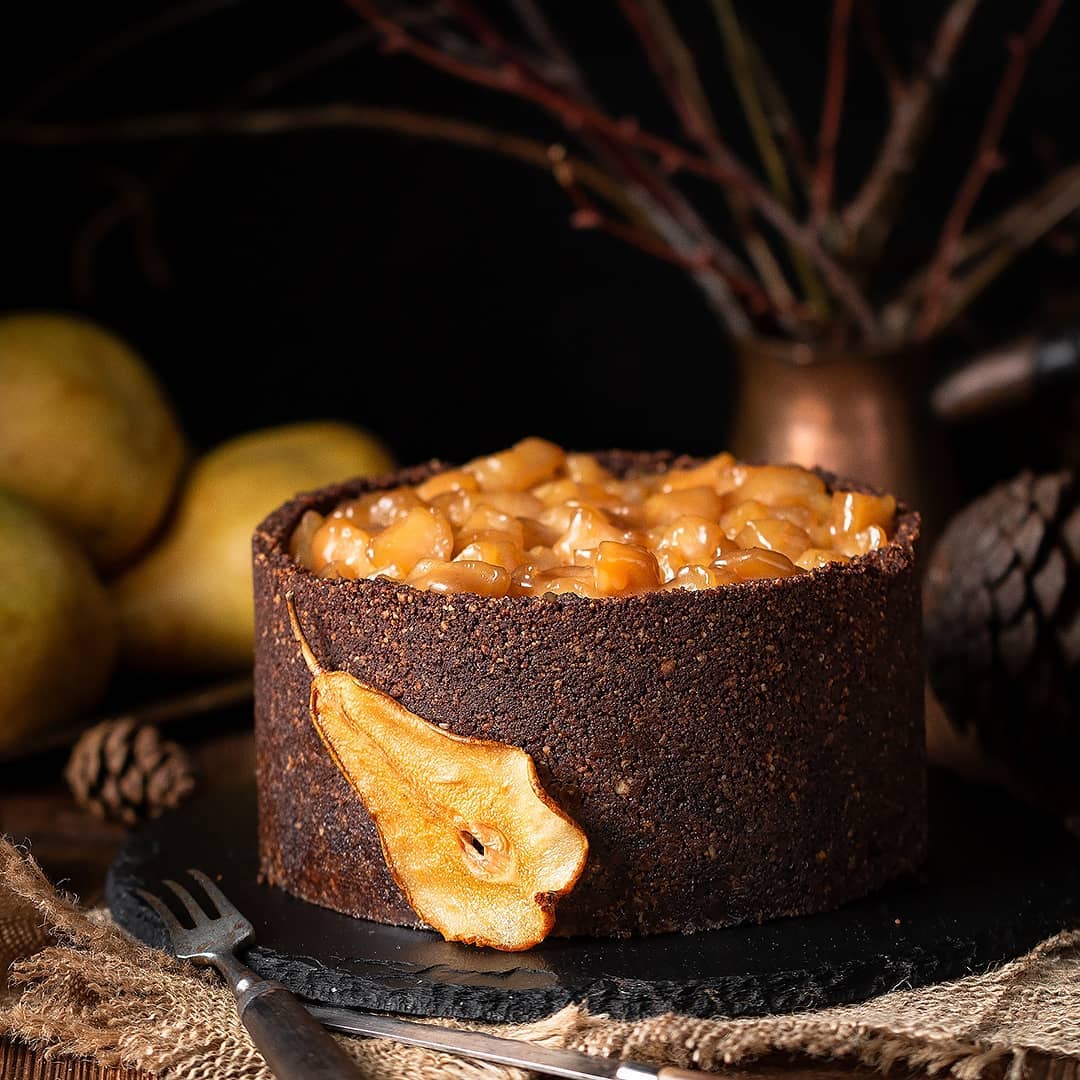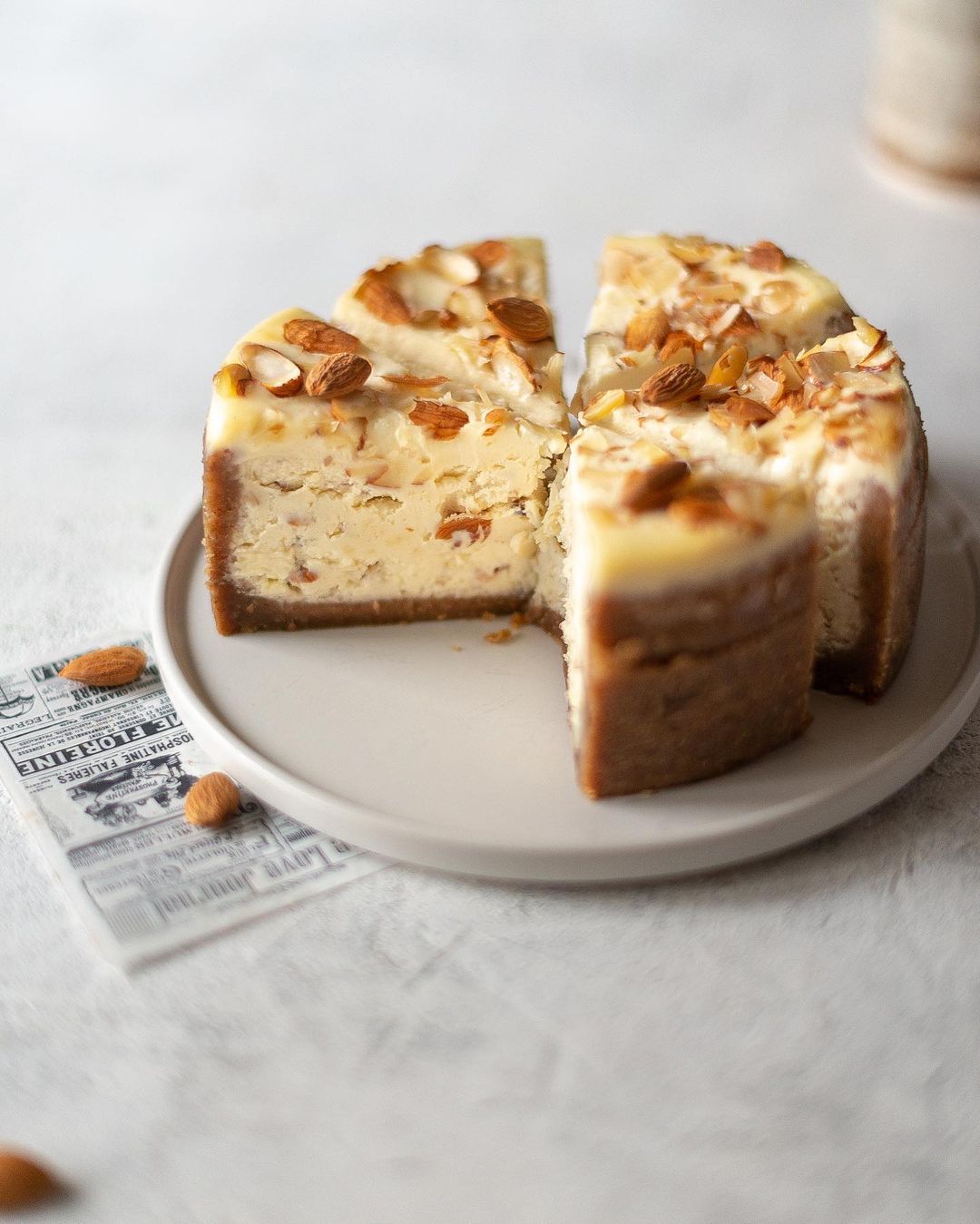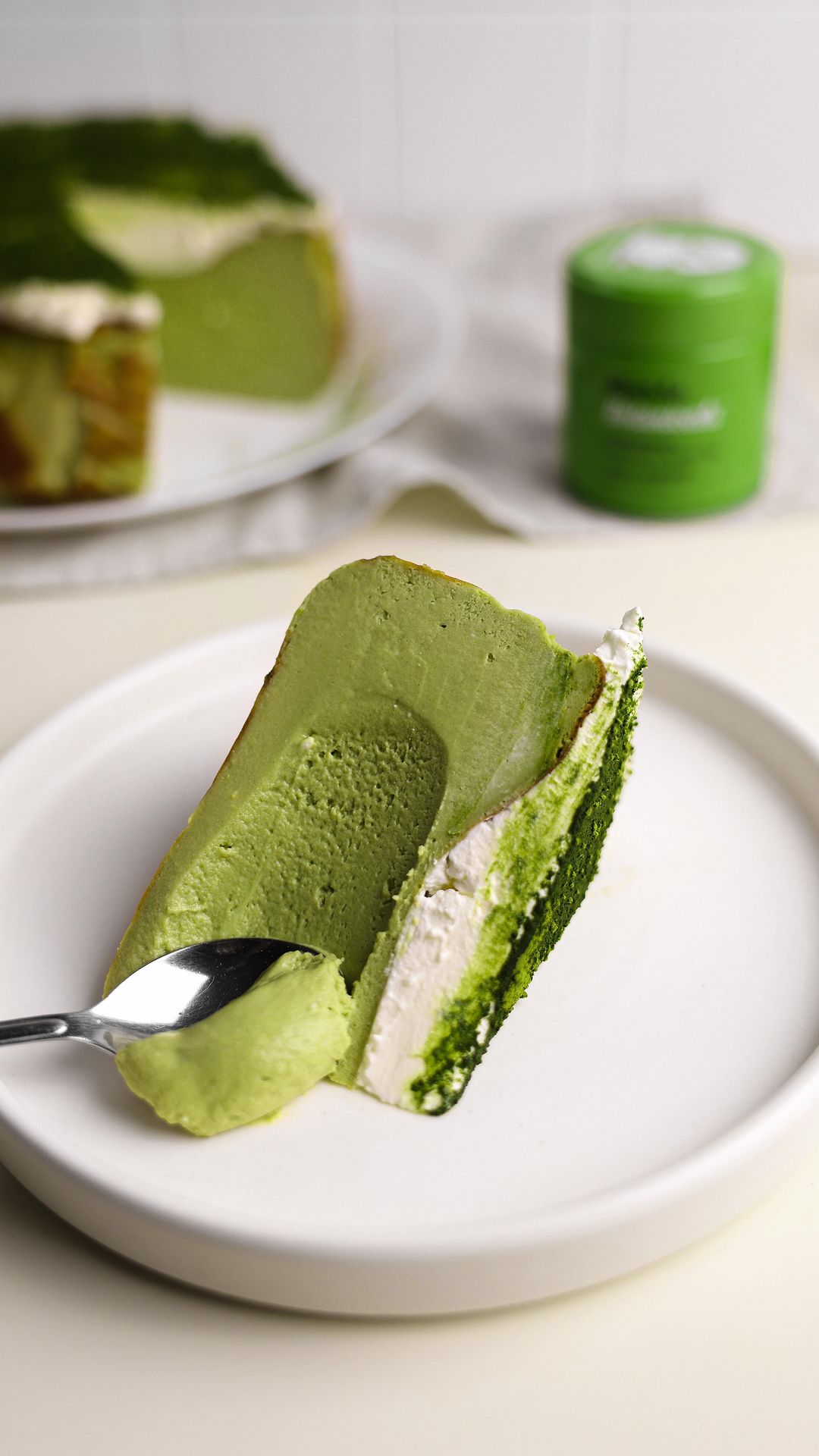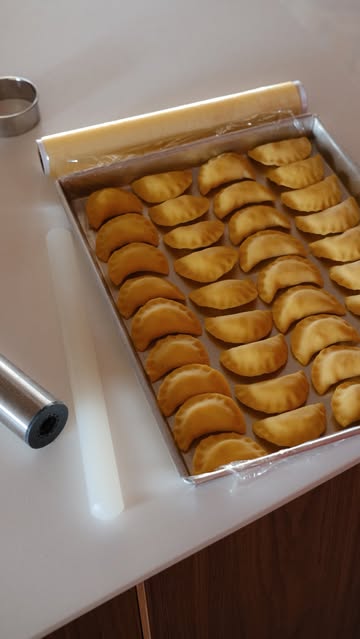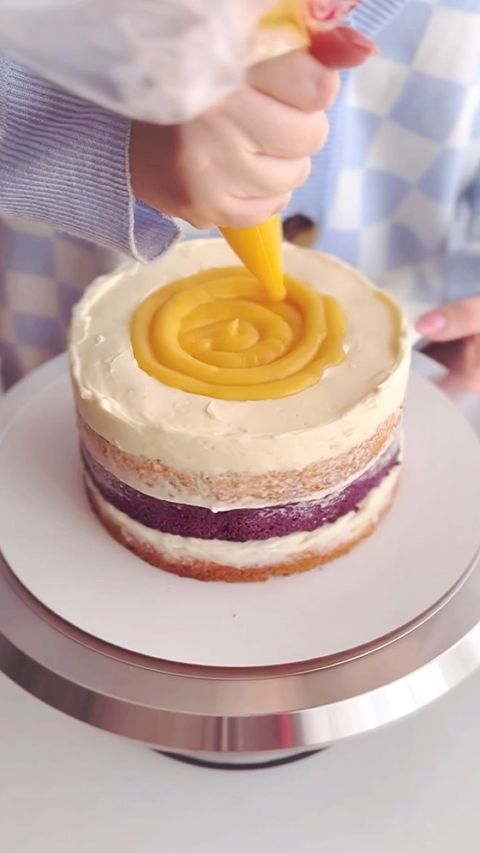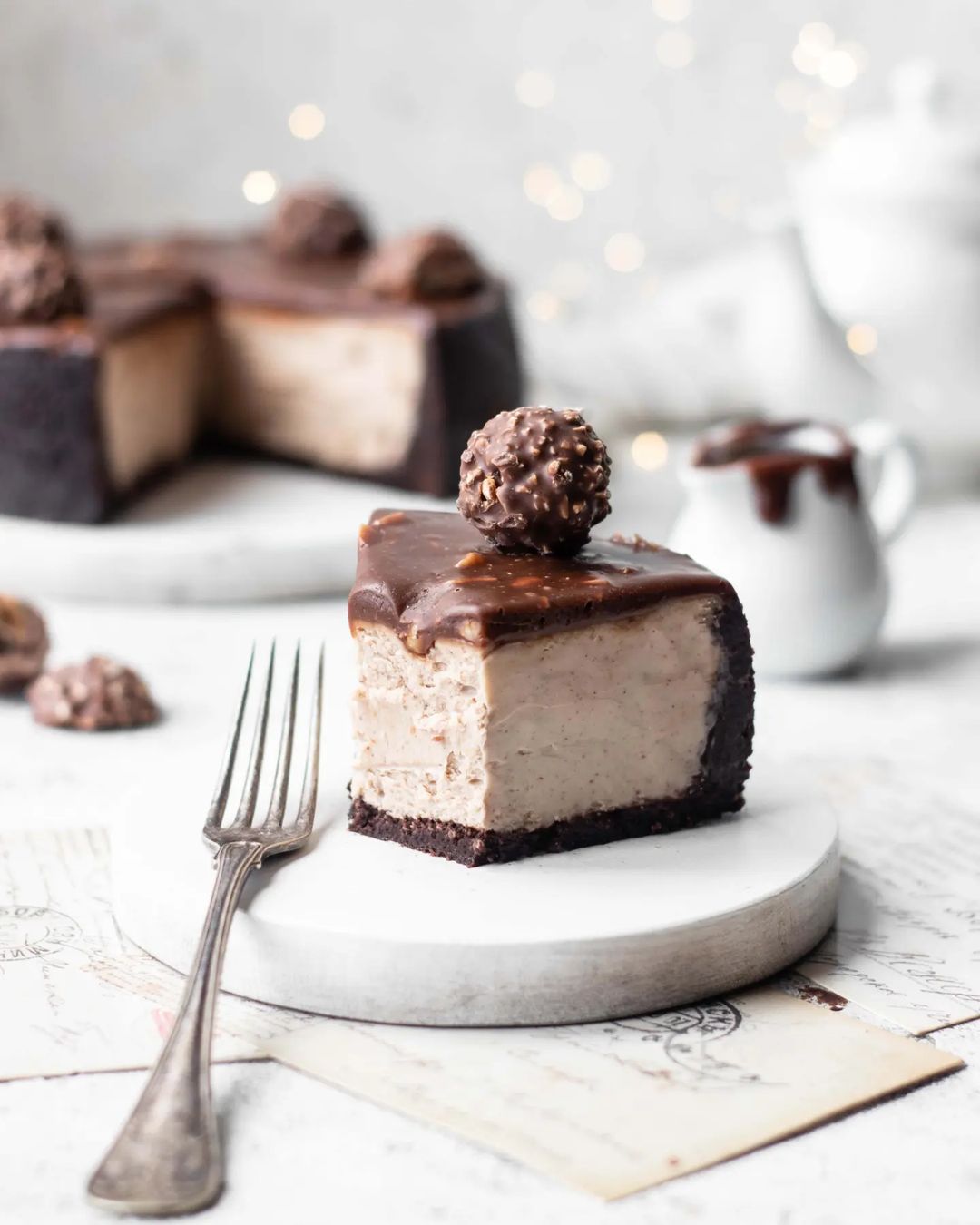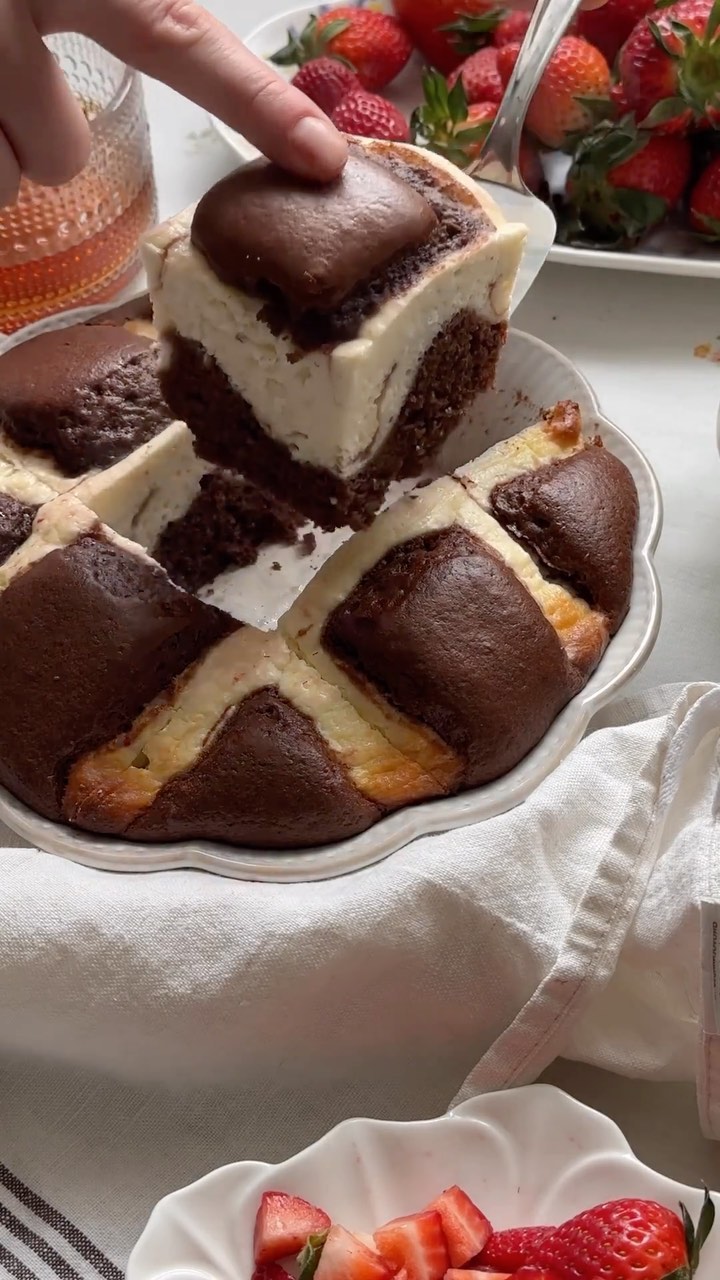Ingredients
Sable Dough
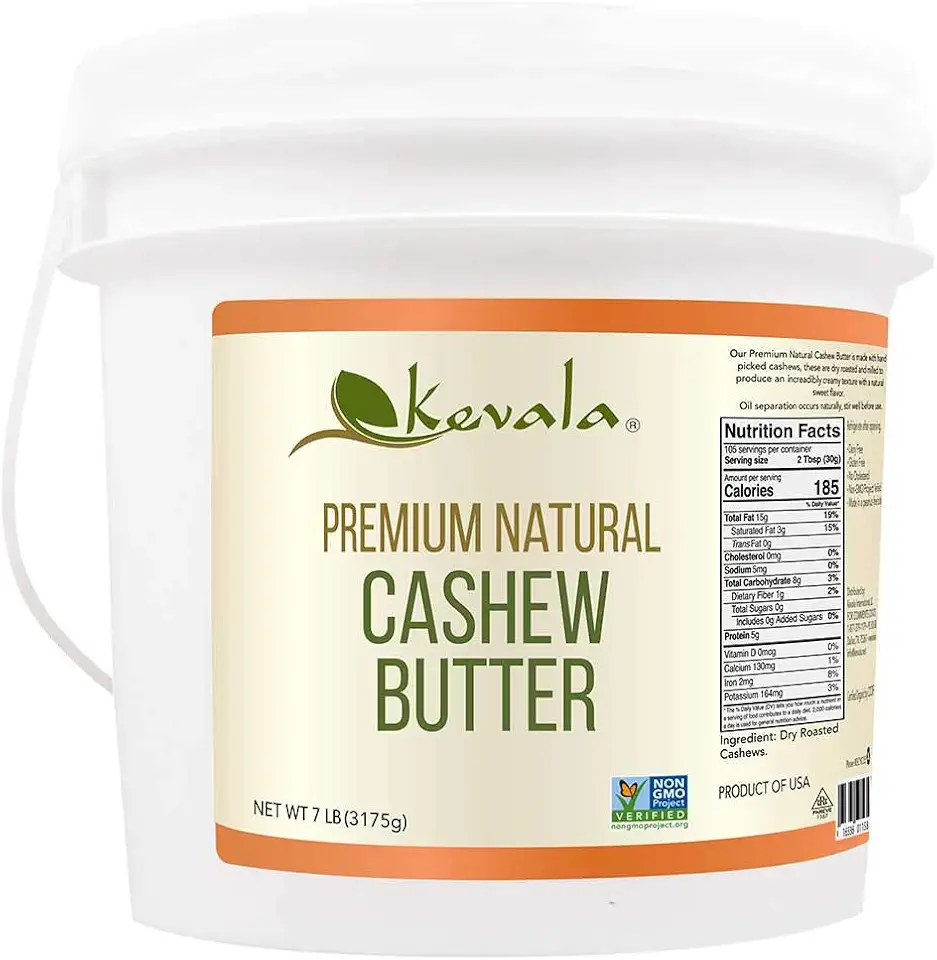 Kevala Cashew Butter 7 Lbs Pail
$83.62
View details
Prime
best seller
Kevala Cashew Butter 7 Lbs Pail
$83.62
View details
Prime
best seller
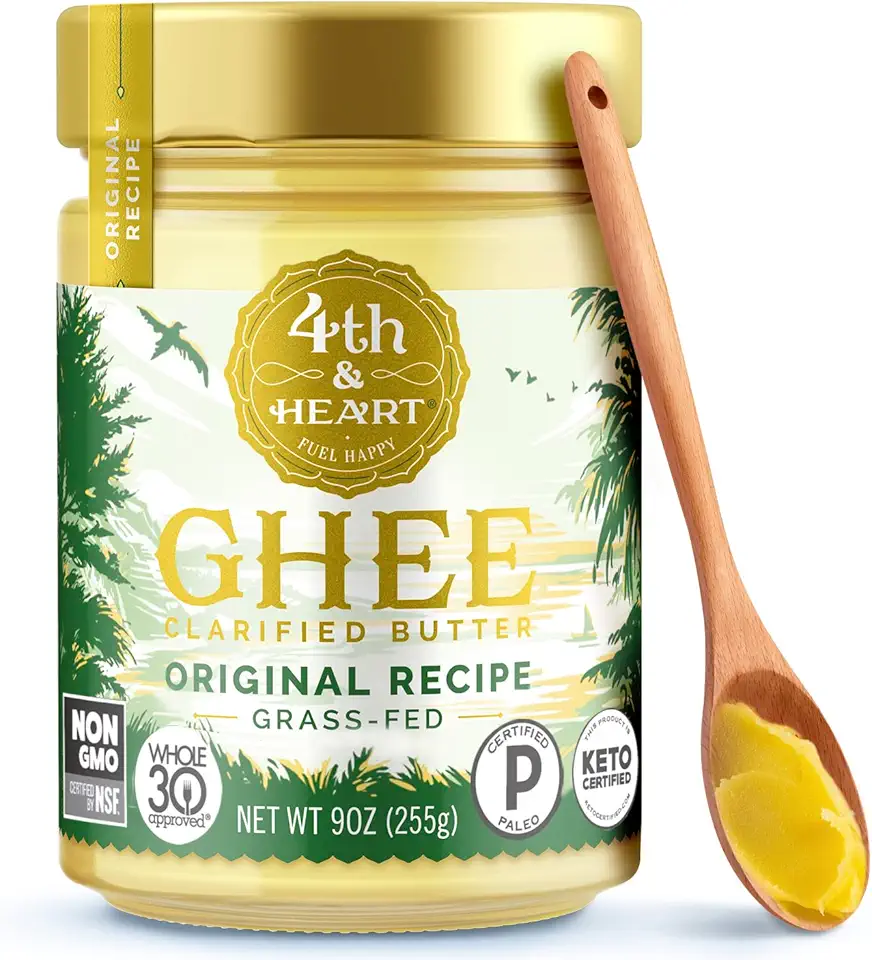 4th & Heart Original Grass-Fed Ghee, Clarified Butter, Keto, Pasture Raised, Lactose and Casein Free, Certified Paleo (9 Ounces)
$11.49
View details
Prime
4th & Heart Original Grass-Fed Ghee, Clarified Butter, Keto, Pasture Raised, Lactose and Casein Free, Certified Paleo (9 Ounces)
$11.49
View details
Prime
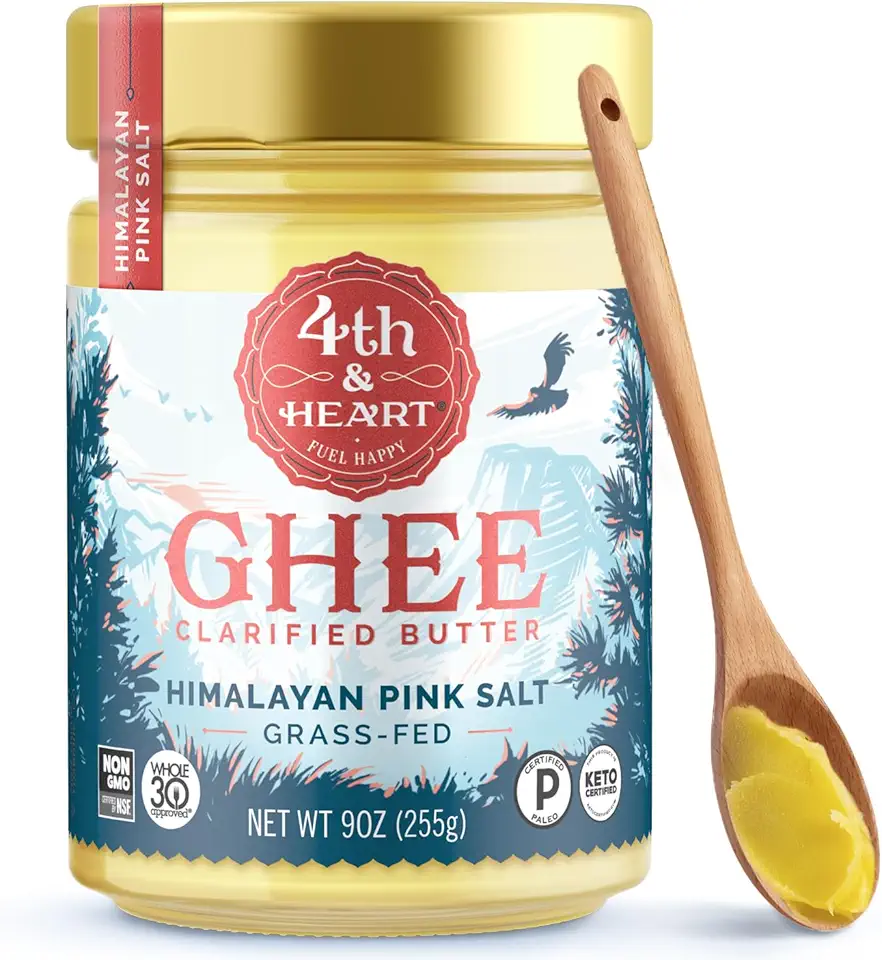 4th & Heart Himalayan Pink Salt Grass-Fed Ghee, Clarified Butter, Keto Pasture Raised, Non-GMO, Lactose and Casein Free, Certified Paleo (9 Ounces)
$9.49
View details
4th & Heart Himalayan Pink Salt Grass-Fed Ghee, Clarified Butter, Keto Pasture Raised, Non-GMO, Lactose and Casein Free, Certified Paleo (9 Ounces)
$9.49
View details
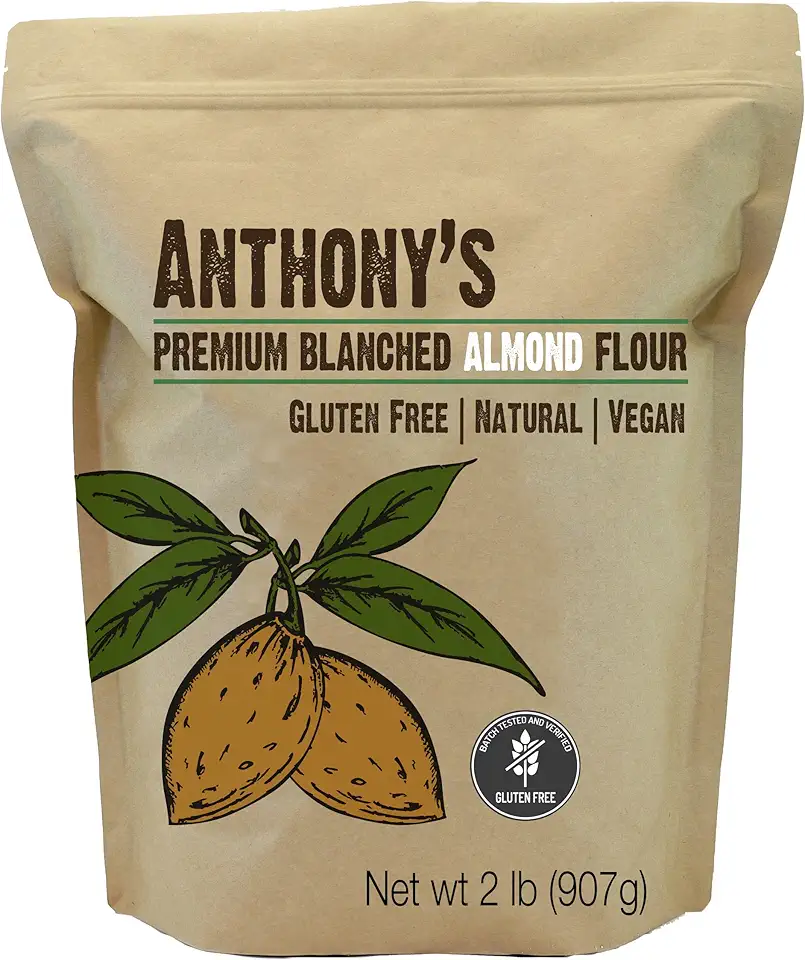 Anthony's Blanched Almond Flour, 2 lb, Finely Ground, Gluten Free, Non GMO, Vegan, Keto Friendly
$19.99
View details
Prime
best seller
Anthony's Blanched Almond Flour, 2 lb, Finely Ground, Gluten Free, Non GMO, Vegan, Keto Friendly
$19.99
View details
Prime
best seller
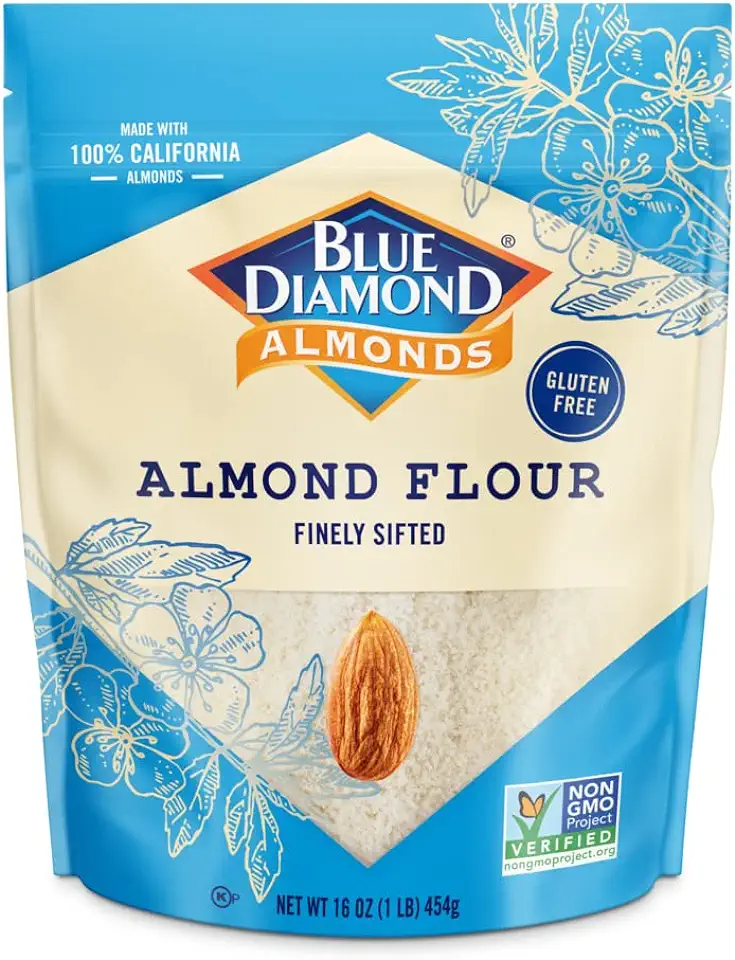 Blue Diamond Almonds, Almond Flour, Gluten Free, Blanched, Finely Sifted, 1 Lb
$8.95
$9.49
View details
Prime
Blue Diamond Almonds, Almond Flour, Gluten Free, Blanched, Finely Sifted, 1 Lb
$8.95
$9.49
View details
Prime
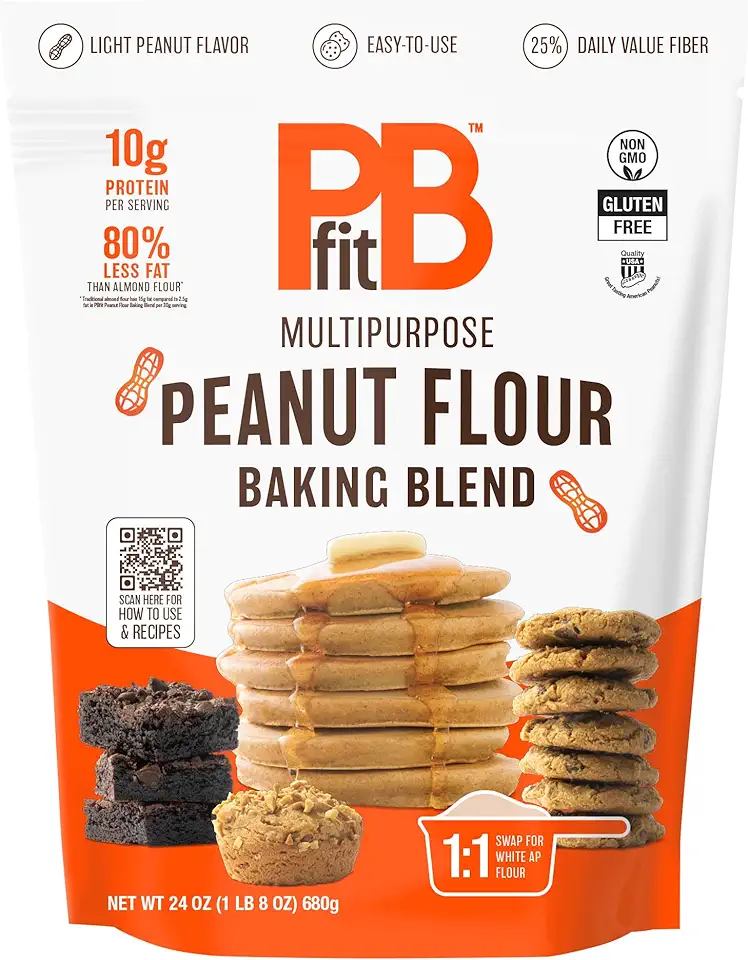 PBfit Peanut Flour Baking Blend - Gluten Free & Non GMO - 10g Protein per Serving 8% DV - 80% Less Fat than Almond Flour - 1 to 1 Swap for White Flour - Light Peanut Flavor - 25% DV Fiber - 24 oz
$9.77
View details
PBfit Peanut Flour Baking Blend - Gluten Free & Non GMO - 10g Protein per Serving 8% DV - 80% Less Fat than Almond Flour - 1 to 1 Swap for White Flour - Light Peanut Flavor - 25% DV Fiber - 24 oz
$9.77
View details
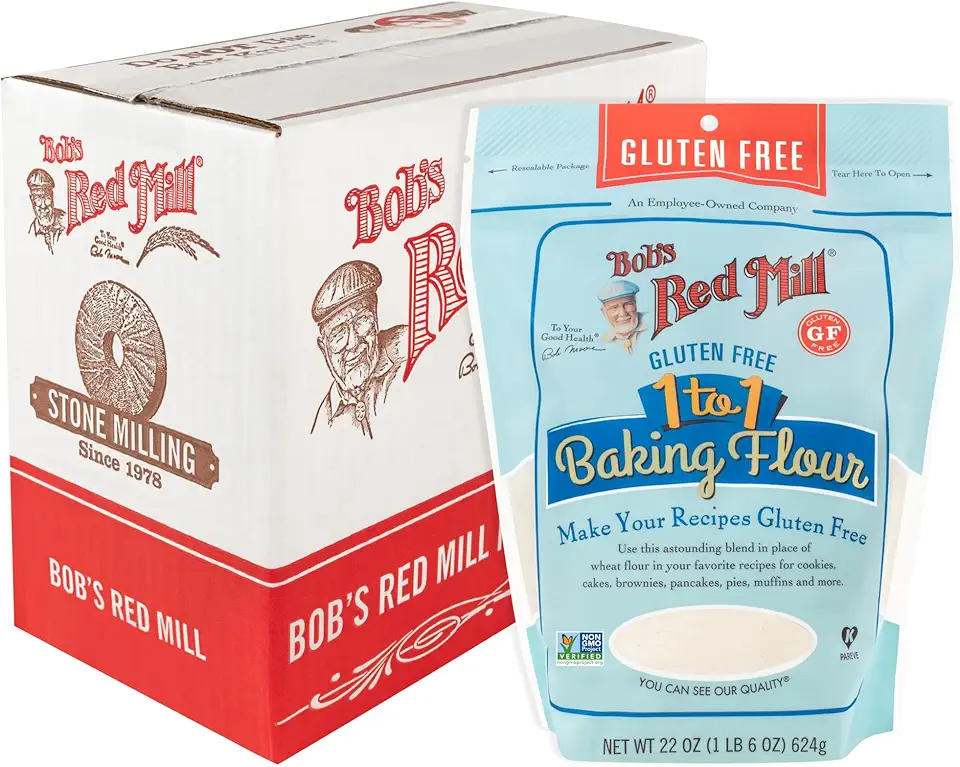 Bob's Red Mill Gluten Free 1-to-1 Baking Flour, 22 Ounce (Pack of 4)
$23.96
View details
Prime
Bob's Red Mill Gluten Free 1-to-1 Baking Flour, 22 Ounce (Pack of 4)
$23.96
View details
Prime
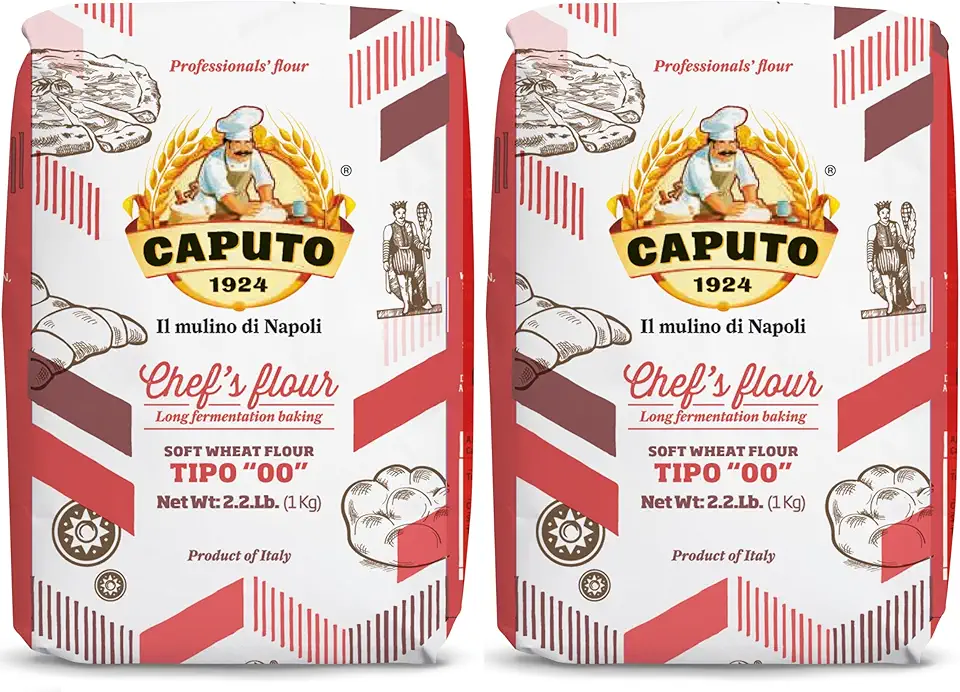 Antimo Caputo Chefs Flour - Italian Double Zero 00 - Soft Wheat for Pizza Dough, Bread, & Pasta, 2.2 Lb (Pack of 2)
$16.99
View details
Prime
best seller
Antimo Caputo Chefs Flour - Italian Double Zero 00 - Soft Wheat for Pizza Dough, Bread, & Pasta, 2.2 Lb (Pack of 2)
$16.99
View details
Prime
best seller
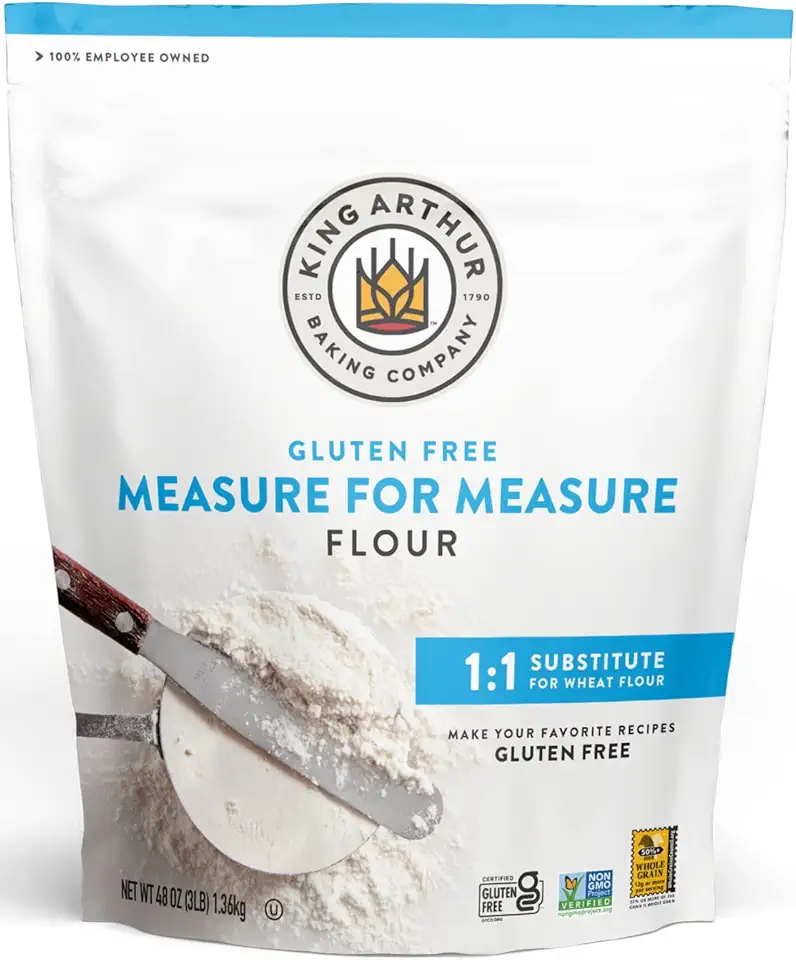 King Arthur, Measure for Measure Flour, Certified Gluten-Free, Non-GMO Project Verified, Certified Kosher, 3 Pounds, Packaging May Vary
$8.62
View details
King Arthur, Measure for Measure Flour, Certified Gluten-Free, Non-GMO Project Verified, Certified Kosher, 3 Pounds, Packaging May Vary
$8.62
View details
Cheesecake Crust
 Kevala Cashew Butter 7 Lbs Pail
$83.62
View details
Prime
best seller
Kevala Cashew Butter 7 Lbs Pail
$83.62
View details
Prime
best seller
 4th & Heart Original Grass-Fed Ghee, Clarified Butter, Keto, Pasture Raised, Lactose and Casein Free, Certified Paleo (9 Ounces)
$11.49
View details
Prime
4th & Heart Original Grass-Fed Ghee, Clarified Butter, Keto, Pasture Raised, Lactose and Casein Free, Certified Paleo (9 Ounces)
$11.49
View details
Prime
 4th & Heart Himalayan Pink Salt Grass-Fed Ghee, Clarified Butter, Keto Pasture Raised, Non-GMO, Lactose and Casein Free, Certified Paleo (9 Ounces)
$9.49
View details
4th & Heart Himalayan Pink Salt Grass-Fed Ghee, Clarified Butter, Keto Pasture Raised, Non-GMO, Lactose and Casein Free, Certified Paleo (9 Ounces)
$9.49
View details
Flan Filling
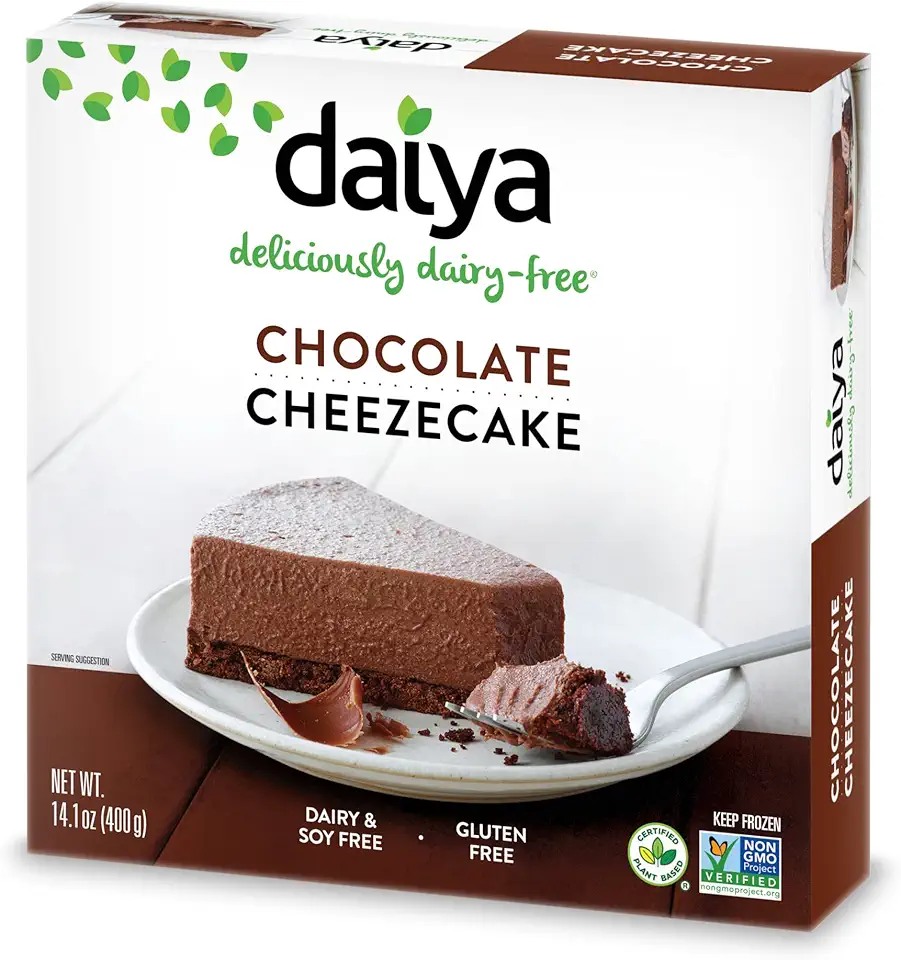 Daiya Dairy Free Gluten Free Chocolate Vegan Frozen Cheesecake, 14.1 Ounce (Pack of 8)
$107.26
View details
Prime
Daiya Dairy Free Gluten Free Chocolate Vegan Frozen Cheesecake, 14.1 Ounce (Pack of 8)
$107.26
View details
Prime
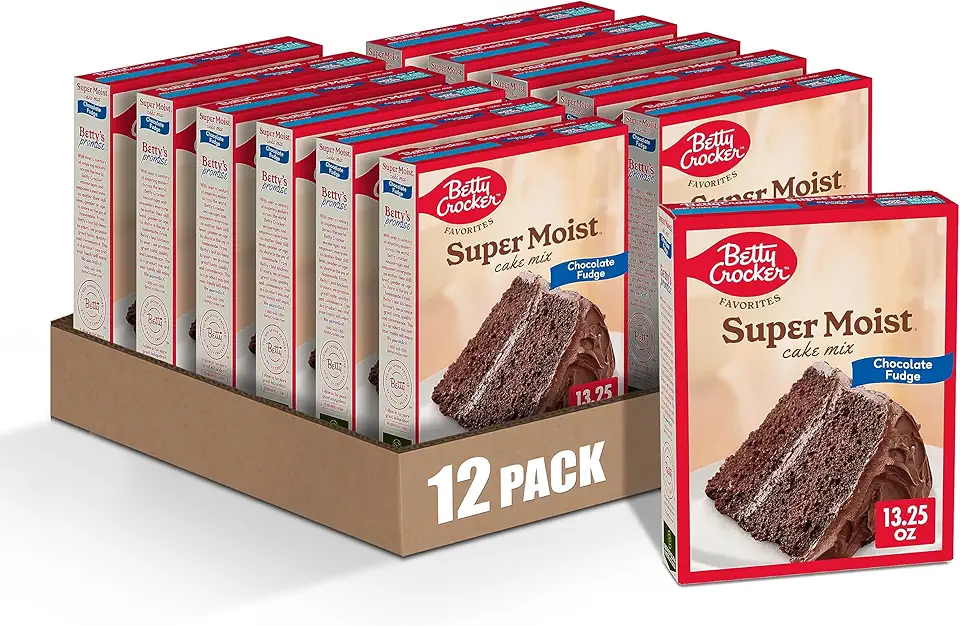 Betty Crocker Favorites Super Moist Chocolate Fudge Cake Mix, 13.25 oz (Pack of 12)
$23.04
View details
Betty Crocker Favorites Super Moist Chocolate Fudge Cake Mix, 13.25 oz (Pack of 12)
$23.04
View details
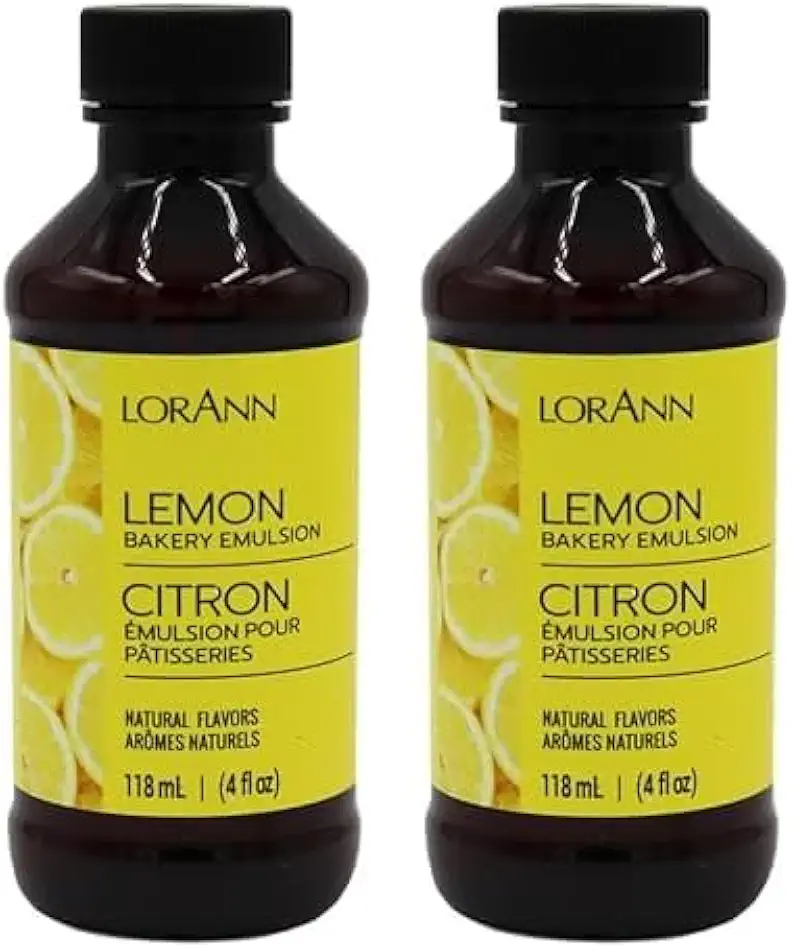 LorAnn Lemon Bakery Emulsion, 4 ounce bottle (Pack of 2)
$16.98
View details
LorAnn Lemon Bakery Emulsion, 4 ounce bottle (Pack of 2)
$16.98
View details
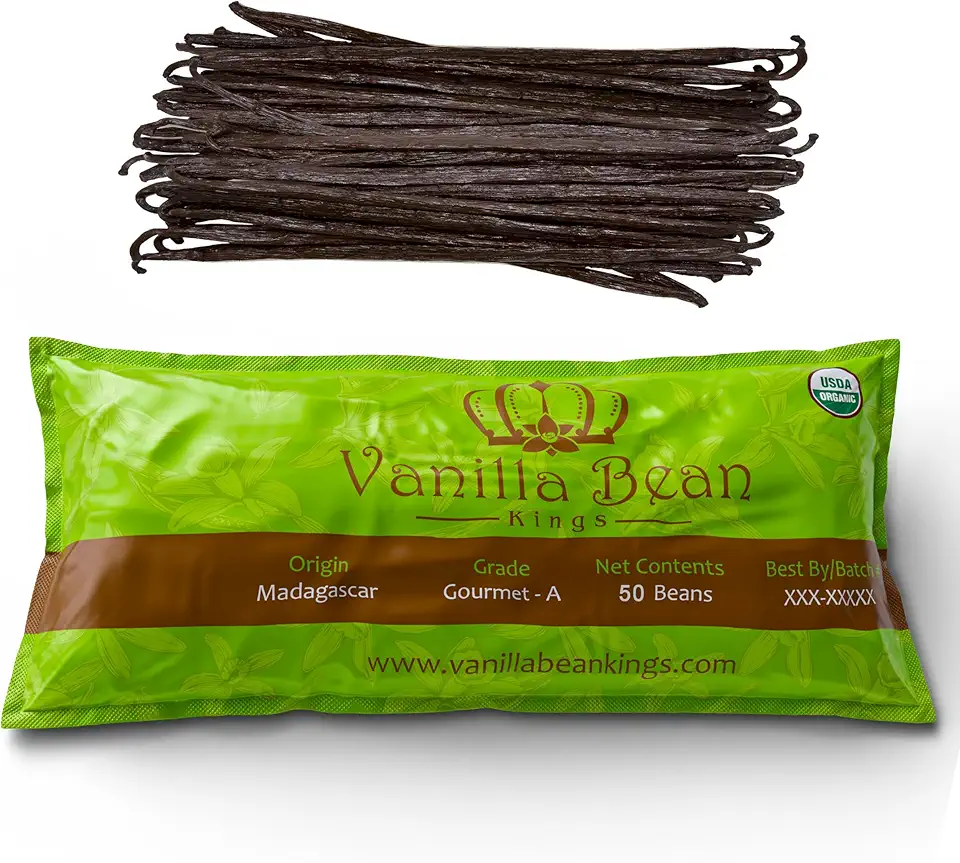 50 Organic Madagascar Vanilla Beans. Whole Grade A Vanilla Pods for Vanilla Extract and Baking
$39.99
View details
Prime
50 Organic Madagascar Vanilla Beans. Whole Grade A Vanilla Pods for Vanilla Extract and Baking
$39.99
View details
Prime
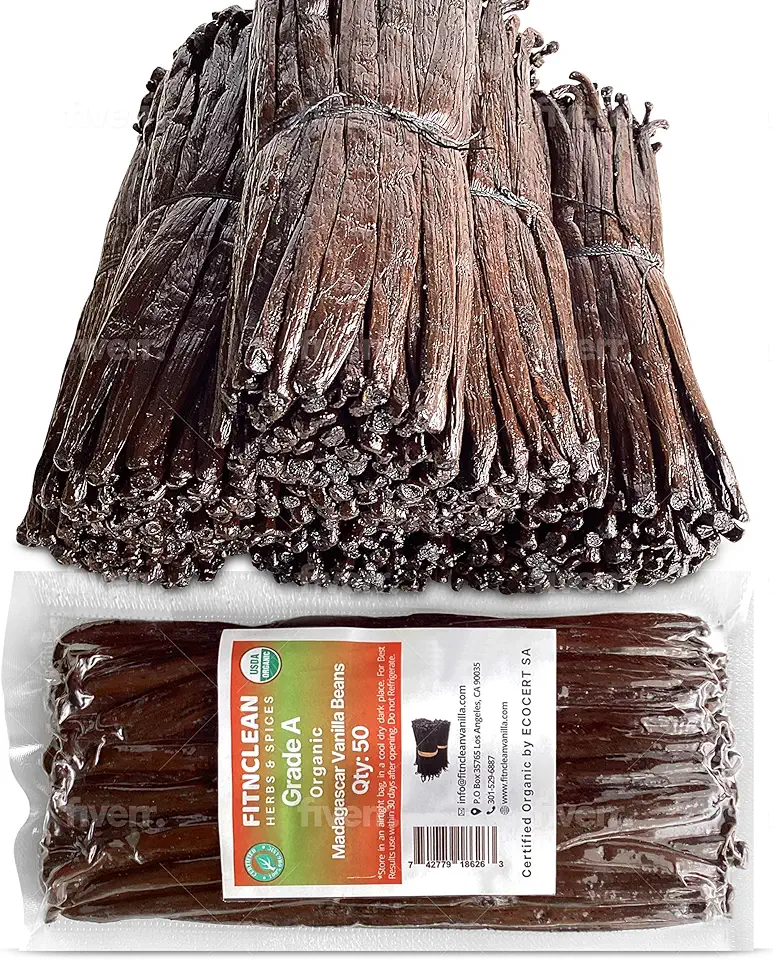 50 Organic Grade A Madagascar Vanilla Beans. Certified USDA Organic for Extract and all things Vanilla by FITNCLEAN VANILLA. ~5" Bulk Fresh Bourbon NON-GMO Pods.
$37.99
View details
Prime
50 Organic Grade A Madagascar Vanilla Beans. Certified USDA Organic for Extract and all things Vanilla by FITNCLEAN VANILLA. ~5" Bulk Fresh Bourbon NON-GMO Pods.
$37.99
View details
Prime
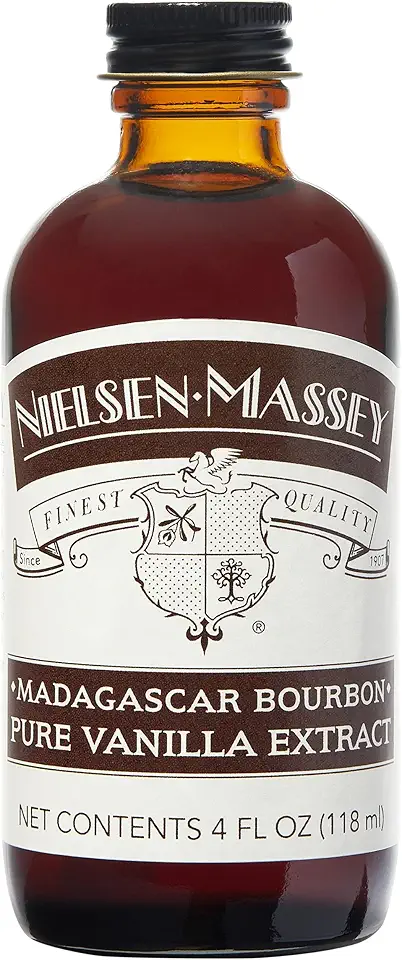 Nielsen-Massey Madagascar Bourbon Pure Vanilla Extract for Baking and Cooking, 4 Ounce Bottle
$19.95
View details
Nielsen-Massey Madagascar Bourbon Pure Vanilla Extract for Baking and Cooking, 4 Ounce Bottle
$19.95
View details
Instructions
Step 1
In a mixer with a paddle attachment, combine *all-purpose flour* with *sugar*, *salt*, and *almond flour*. Add *unsalted butter* and blend until mixture resembles crumbs.
Incorporate the eggs and mix until the dough comes together in a ball. Roll out the dough and place it on a baking sheet. Bake at *320°F (160°C)* until it turns golden brown.
Step 2
Crush cookies into fine crumbs. In a bowl, mix the *cookie crumbs* with *milk* and *melted unsalted butter*. Blend until well combined.
Press the mixture into the bottom of an 18 cm (7 inch) springform pan to form the cheesecake base.
Step 3
In a separate bowl, combine *cream cheese*, *sugar*, *eggs*, *heavy cream*, and *vanilla*. Gently mix the ingredients, avoiding over-whipping.
Pour the mixture over the prepared crust. Place the pan in a water bath.
Step 4
Preheat your oven to *230°F (110°C)*. Bake the cheesecake for *1.5 hours*. It should still jiggle in the center when done.
Leave the cheesecake in the oven with the door slightly open for 30 minutes. Once cool, refrigerate overnight before serving.
Servings
Imagine this: a slice of your cheesecake delicately balancing on your plate, its center trembling oh-so-slightly, inviting you to savor every creamy bite. 😍 Serve it chilled, directly from the fridge, for the ultimate dessert experience.
Pair It Up: For the ultimate taste explosion, serve a slice with fresh berries that cut through the richness with their natural sweetness. Strawberries 🍓 and blueberries 🫐 make excellent choices.
Go Gourmet: Drizzle a bit of melted chocolate 🍫 on the plate or add a swirl of berry coulis for that fancy touch that wows the crowd.
Feeling adventurous? 💡 Try topping your cheesecake with a sprinkle of crushed nuts like pistachios or almonds for a crunchy contrast. Trust us, it's addictive!
Equipment
Essential for mixing the sablé dough until it reaches a crumbly texture. A hand mixer can also work, but make sure to manage the speed to avoid overmixing.
For rolling out the dough evenly, ensuring a consistent thickness for even baking. Dust with a little flour to prevent sticking.
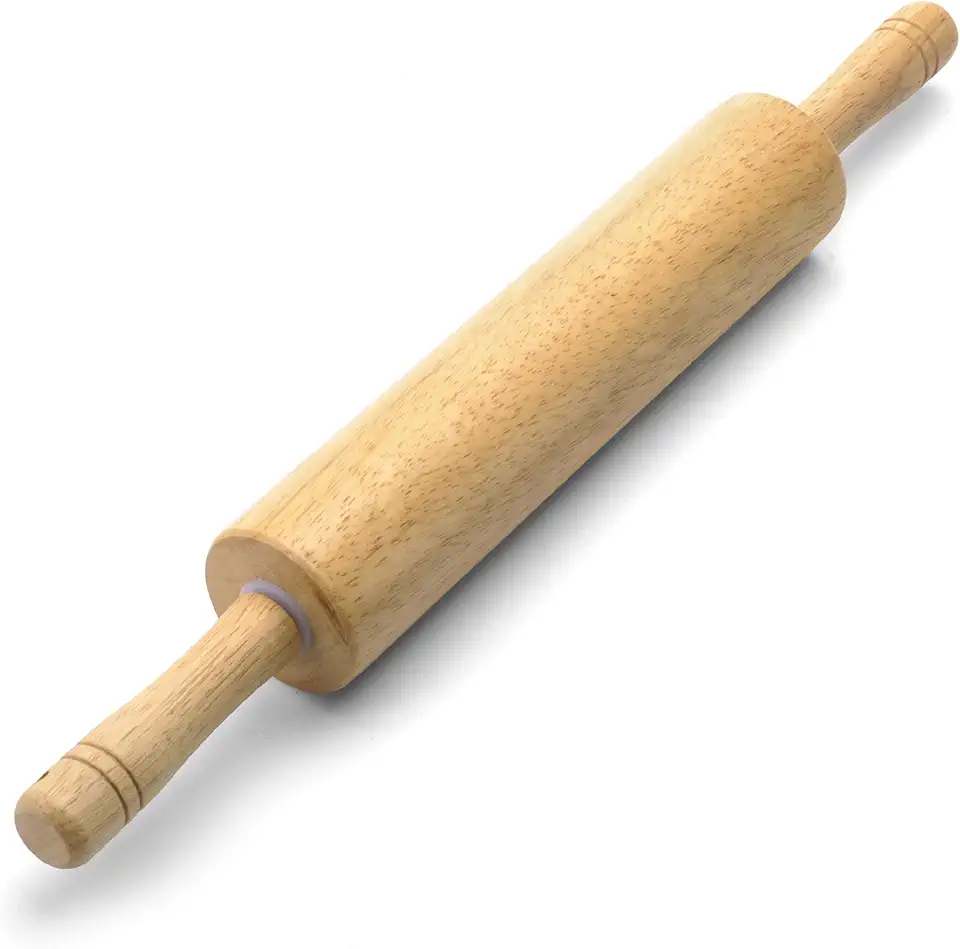 Farberware Classic Wood Rolling Pin, 17.75-Inch, Natural
$12.99
$13.99
View details
Prime
Farberware Classic Wood Rolling Pin, 17.75-Inch, Natural
$12.99
$13.99
View details
Prime
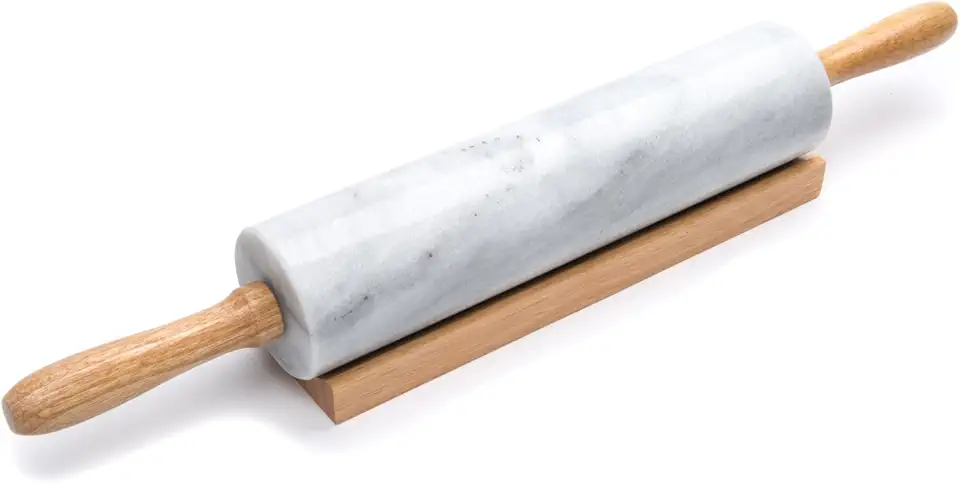 Fox Run Polished Marble Rolling Pin with Wooden Cradle, 10-Inch Barrel, White
$20.88
View details
Prime
Fox Run Polished Marble Rolling Pin with Wooden Cradle, 10-Inch Barrel, White
$20.88
View details
Prime
 French Rolling Pin (17 Inches) –WoodenRoll Pin for Fondant, Pie Crust, Cookie, Pastry, Dough –Tapered Design & Smooth Construction - Essential Kitchen Utensil
$9.99
View details
French Rolling Pin (17 Inches) –WoodenRoll Pin for Fondant, Pie Crust, Cookie, Pastry, Dough –Tapered Design & Smooth Construction - Essential Kitchen Utensil
$9.99
View details
Perfect for holding and shaping the cheesecake. The springform pan allows for easier release and cleaner edges. Remember to butter the sides for an effortless removal.
Use as a base to support the springform pan in a water bath during baking to keep the cheesecake from cracking.
Variations
Want to make your cheesecake accessible for everyone? Here are some variations to suit different dietary preferences:
Gluten-Free Option 🧡: Swap the all-purpose flour in the sablé crust with a gluten-free alternative like almond flour or a pre-mixed gluten-free baking blend. Check your biscuit ingredients as well to ensure they are gluten-free!
Vegan Variation 🌱: Replace the cream cheese with a plant-based cream cheese alternative. Substitute eggs with flax or chia seeds mixed with water to create a gel-like consistency. Instead of cream, use coconut cream for a rich, indulgent flavor.
Faq
- Why is my cheesecake cracked on top?
Cracks often happen due to over-baking or rapid temperature changes. Make sure to bake at the correct temperature and let it cool gradually with the oven door slightly open.
- How can I tell if my cheesecake is done?
The edges should be set, but the center should remain slightly jiggly. It will firm up as it cools down.
- Why is my crust soggy?
This could be due to the cheesecake soaking in water during the bath. Ensure the springform pan is tightly wrapped in foil so that water doesn't seep in.
- Can I use low-fat cream cheese?
Yes, but be aware it may affect the texture and richness of the cheesecake. For the best taste and creaminess, full-fat cream cheese is recommended.
- How do I prevent my cheesecake from sinking in the middle?
Avoid overbeating the batter to reduce the incorporation of air, which can lead to sinking.
- Can I freeze my cheesecake?
Absolutely! Just ensure you let it cool completely and wrap it tightly in plastic wrap and foil before freezing. It can last up to 3 months in the freezer.

